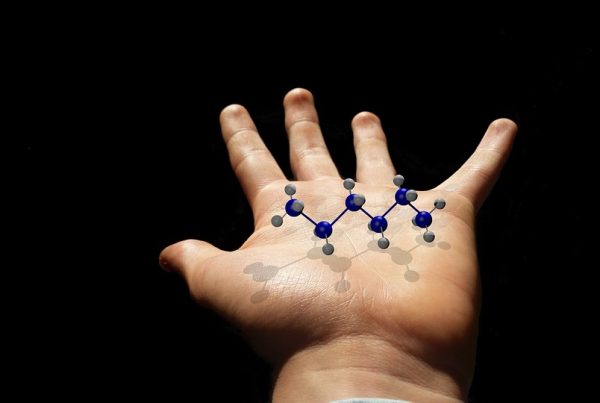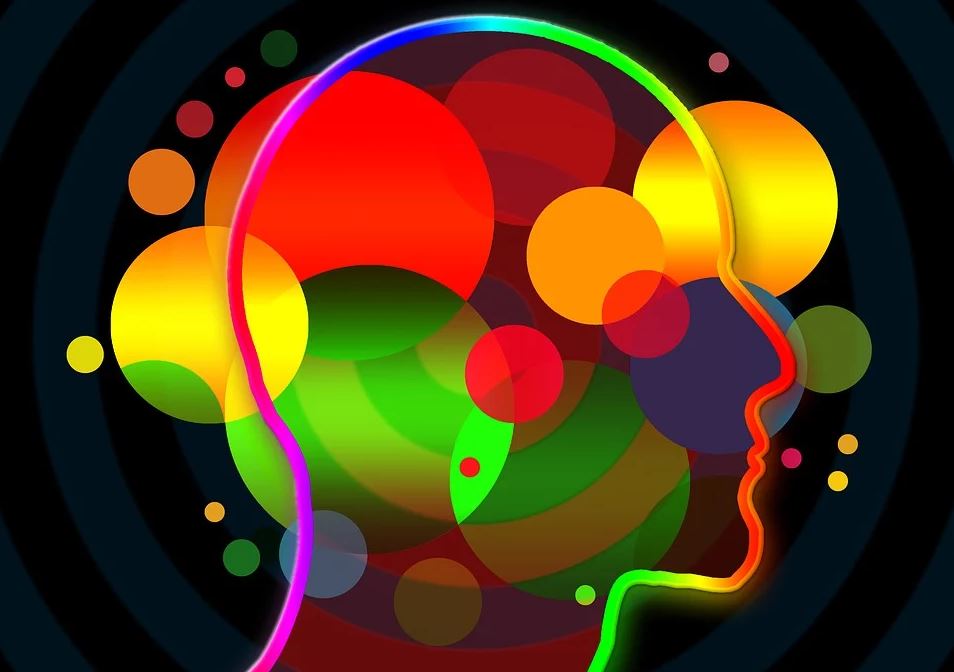Synaesthesia, a neurological condition affecting approximately .05% of the population, is characterised by anomalous sensory perception: a stimulus in one sensory modality triggers an automatic, instantaneous, consistent response in another modality (e.g., sound evokes colour) or in a different aspect of the same modality (e.g., black text evokes colour). As evidence was limited to case studies based on self-report, the existence of synaesthesia was regarded with scepticism until the development of the Test of Genuineness (TOG) in 1987, which measures the consistency of stimulus-response linkage: synaesthetes typically score between 70-90% range, whereas controls typically score between 20-38%. However, the TOG had only limited ability to quantify the characteristics of visual synaesthesia. In this study, the revised Test of Genuineness (TOG-R), utilising the Pantone-based Cambridge Synaesthesia Charts, was given to 26 synaesthetes and 23 controls. Results confirmed that the TOG-R is equally accurate in the diagnosis of synaesthesia; synaesthetes scored significantly (t47 = 16.01, p < .001) higher (mean = 71.3%, SEM = 1.4%) than controls (mean = 33%, SEM = 2.0%). The TOG-R provides greater precision in quantifying the closeness of colour matches and enables a more detailed analysis of visual synaesthesia. Synaesthetes were phenotyped into broad- and narrowband based on their overall responsiveness to auditory stimuli, with bandwidth determined primarily by responsiveness to non-word stimuli. They were further sub-phenotyped based on responses to sub-groups of stimuli into word-colour (WC) and music-colour (MC). Development of this instrument has important implications for the diagnosis and phenotyping of visual synaesthesia.
Related Posts
 ScientificSmell
ScientificSmell
20/03/2023
How do we smell? First 3D structure of human odour receptor offers clues | Nature
 ScientificSmell
ScientificSmell
20/03/2023
Breakthrough on ‘sense of smell’; scientists create 3D picture of odour molecule | Hindustan Times
 ScientificSmell
ScientificSmell
16/03/2023










